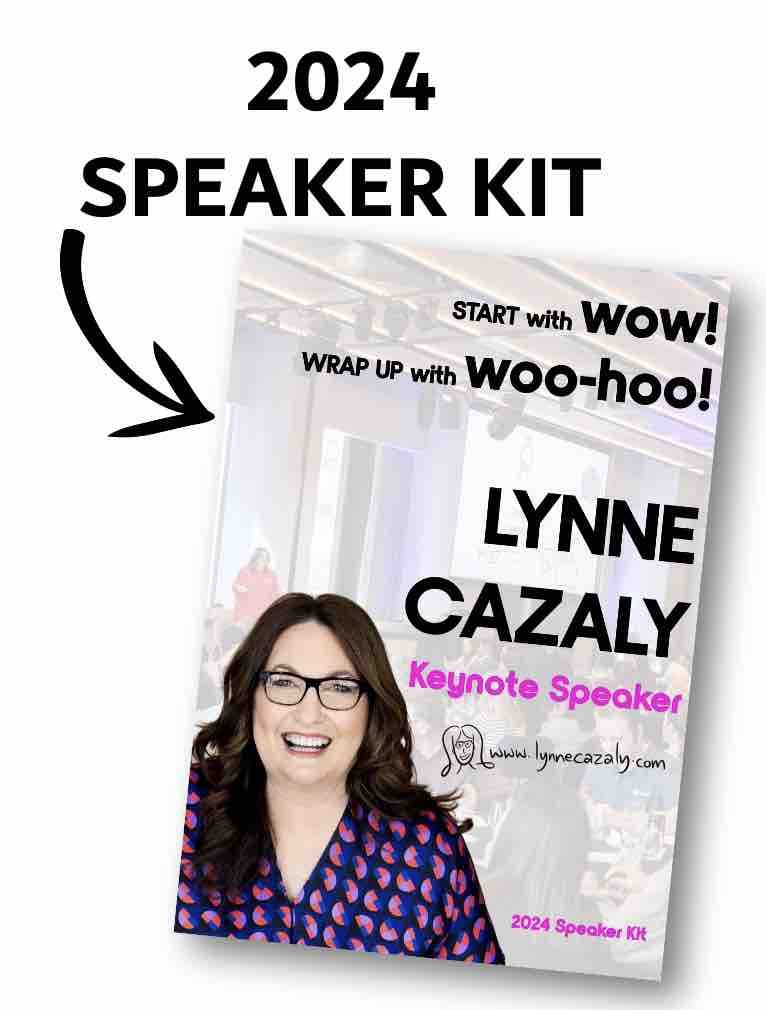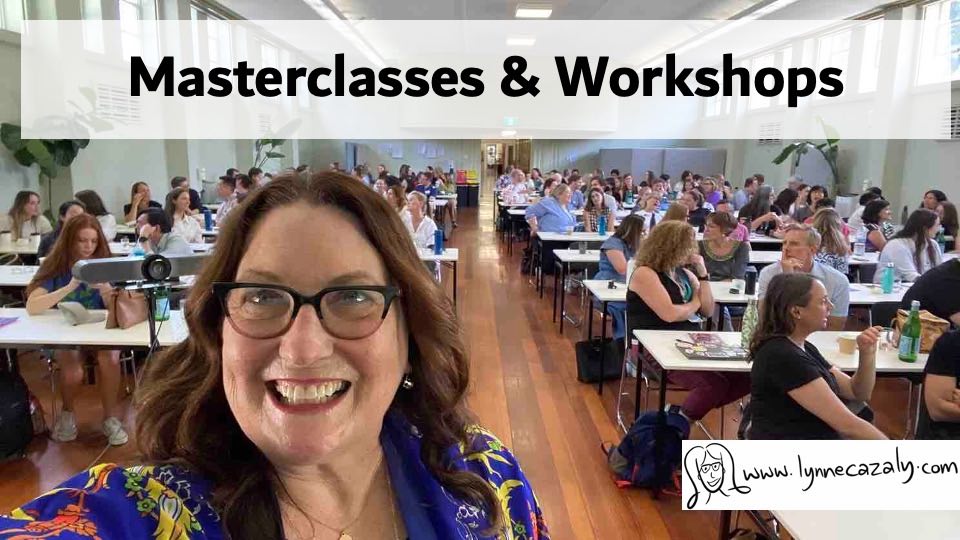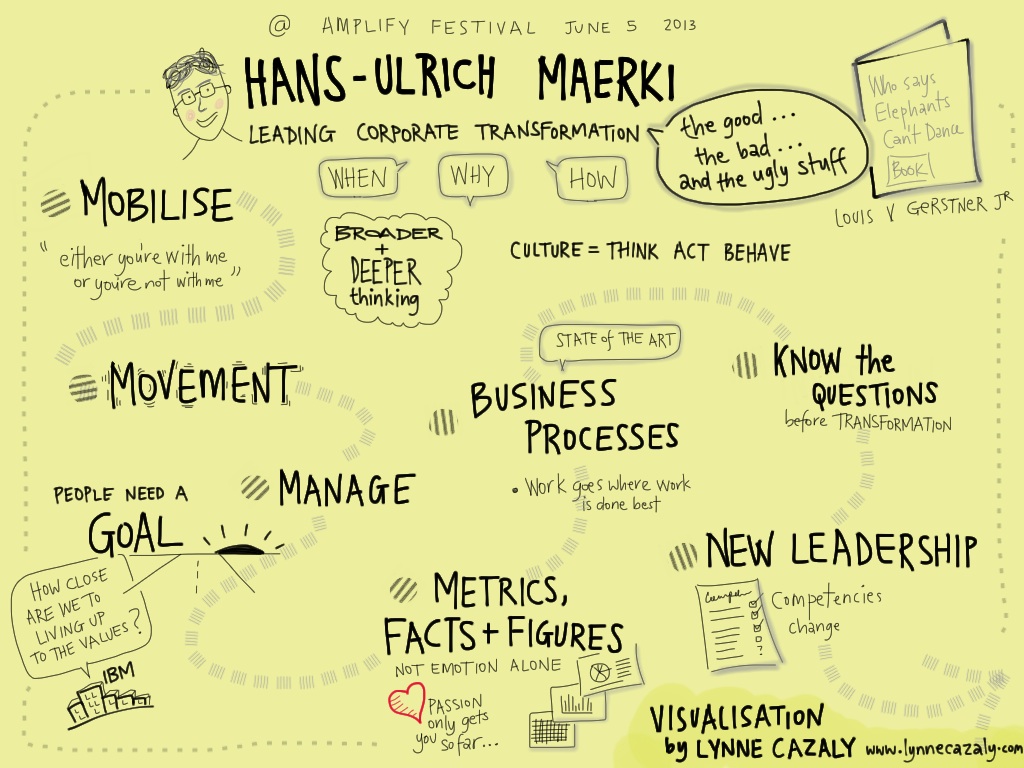Enlarge the problem space
 Tuesday, July 9, 2013 at 6:34PM
Tuesday, July 9, 2013 at 6:34PM I'm enjoying having a read through John Kuprenas' book 101 things I learned in Engineering School
It's a lovely hardcover edition and has plenty of great explanations of concepts applicable to normal life beyond engineering.
I'm no engineer, so I think there's something about how engineers, designers and architects think and problem solve that can be helpful to us, no matter the setting.
One of John's 'things' is to 'Enlarge the problem space'. He says that "almost every problem is larger than it initially appears. Explore and enlarge it at the outset - not to make more work, but because the scope of the problem almost certainly will creep - it will grow larger - on its own. It's easier to reduce the problem space later in the process than to enlarge it after starting down a path toward an inadequate solution".
It's right in line with one of the creative and innovation tools I use in workshops which I call 'It's Bigger'.
I use the A4 visual I've shared with you this week to firstly write the issue, and then add in thoughts about what the bigger issue is, then the b-i-g-g-e-r issue ... and then the BIGGER issue.
From there you can come up with some totally new solutions.
The page is designed as a worksheet, great for thinking alone, in a group or mapping out some possibilities.
John Kuprenas say there is the problem, then the cause of the problem, then the cause of the cause of the problem and the cause of the cause of the cause... you get it!
It's a process that let's you look at creativity, innovation and problem solving by making it bigger before you get your hands dirty. And this is a tool I'll be using with a large retailer this week as we workshop some of their new ideas and initiatives. See, you don't need to build bridges or roads or machines to be an engineer!



















